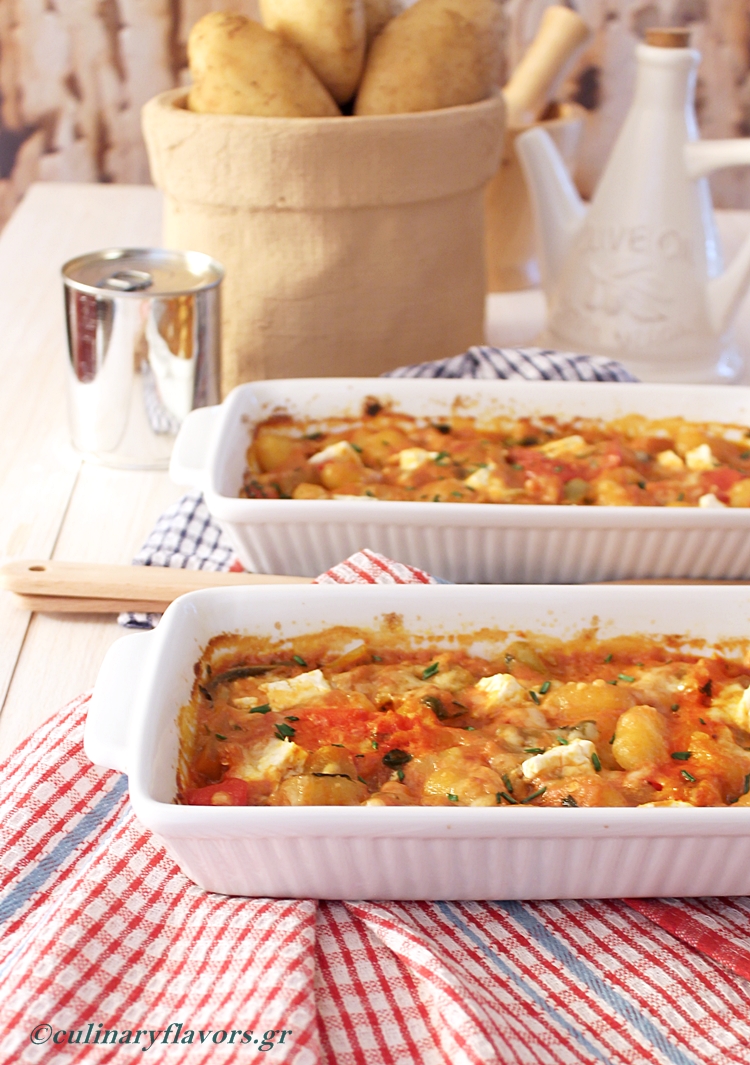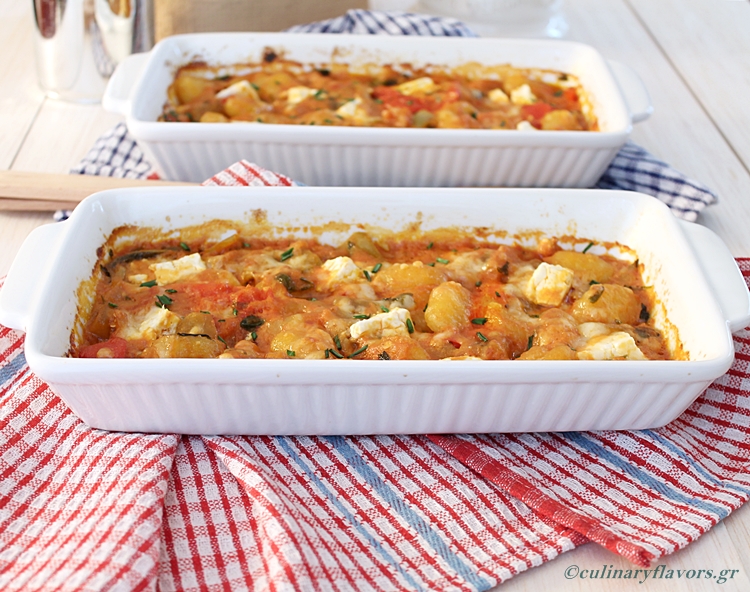Along with China, that had a bulletin that was delivered among government officials, Romans at a very early stage understood the importance of sharing information. They created a “what we call today” gazette from 59 B.C to A.D. 222. The Romans were writing on it different articles and about different things such as: gossip, deaths, victories on battles, weddings, trials, treasury gains from the provinces and prices for grain. They usually were writing in tablets or in papyrus or early bulletin boards. While Julius Caesar was a Consul, he was the one who started the Roman newspaper and he ordered to be published in public buildings such as: temples, markets and public offices. We don’t know who, in particular, was publishing it, but we do know that the government was responsible to publish the newspaper and it was delivered by a courier throughout Rome and it contained all the news of “La Citta Eterna”.
Romans realized that spreading the news helps people know every day life, makes them familiar with the government issues and how they are resolved and informs them about possible threats that they have to take into consideration. Furthermore, being able to be familiar with public and governmental matters allows citizens to be more energetically involved and have the ability to know at any point of time the situation in which their country is.
This need for information developed through centuries from Acta Diurna to the modern newspapers and magazines. Nowadays, it seems that written media has started giving its place to internet and it looks like we are entering a new era in the way information is spread around the world. (Extract from my son’s project on Roman Achievements)
As I was reading these lines from my son’s project, I realized that it’s been ages since the last time I touched a newspaper. Don’t misunderstand me, I love reading and in fact, I have read and continue to read so many books, I don’t even remember. Reading a book is more than actually reading. It is the sense of me turning the pages, the smell of paper, the ultimate independence of the medium, meaning that you don’t need power to charge it. Also, it is something that you can perfectly take with you in a beach and wet it a bit without problem, drop it without being afraid that it will break or cover it with sand without the fear of damaging it. For all these reasons, I love reading books, but newspapers, well this is a different matter. Perhaps because news is continuous information and I pop in any time of the day to check it out or perhaps because I have related this reading with my work, which means an office and a computer. Nevertheless, I think that, especially in news, electronic devices and the internet will be the media of the future.
Now, coming to the gnocchi, I made them this past weekend and I can only say that there was not a single piece left, with my husband grabbing a piece of bread and scooping all the sauce left in the pan. He was hilarious. They were delicious and I will definitely make them again, perhaps with pasta this time which I am sure it will be as great!
The annual Saveur Blog Awards for 2016 is running currently. If you like what you read about food and history in my site, please nominate it in the category of Food and Culture Award following this link http://www.saveur.com/blog-awards-2016-nominate! Thank you!
- 500 gr. / 18 oz. potato gnocchi
- 1 onion, chopped
- 1 green pepper, cubed
- 1 red pepper, cubed
- 1 eggplant, peeled and cubed
- 2 anchovies, minced
- 50 gr. / 2 oz. vodka
- 300 gr. / 10.5 oz. tomato sauce
- 200 gr. / 7 oz. milk
- 2 tbsp double concentrated tomato paste
- ½ cup water from the gnocchi
- 80 gr. / 3 oz. feta cheese, cubed
- A few fresh sage leaves
- A bunch of parsley
- A few fresh basil leaves
- Salt and pepper
- Olive oil and butter for sautéing
- Salt the eggplant and put it in a drainer to lose its waters for 20 minutes.
- Put water in a pot and bring boil.
- In a skillet add couple of tbsp. of olive oil and couple of tbsp. of butter.
- In medium heat add the onion and peppers and sauté until they become soft but not burnt.
- Add the eggplant after you wash it to clean it from the salt.
- Sauté for another couple of minutes.
- Add the vodka, the tomato sauce, tomato paste, anchovies and all the herbs, salt and pepper.
- Lower heat and let it simmer while you add the gnocchi to the boiling water.
- Take ½ cup of the boiling water and put it aside.
- Add the milk to the tomato sauce and let it simmer for a few minutes.
- When the gnocchi are ready, take them out with a perforated spoon and throw them to the sauce along with the ½ cup water.
- Mix and transfer to a pyrex or pan.
- Scatter the gnocchi and bake in a preheated oven at 175°C / 350°F for about 20 minutes.
- Remove, let it rest for 10 minutes and serve.
- 500 γρ. νιόκι πατάτας
- 1 κρεμμύδι, ψιλοκομμένο
- 1 πράσινη πιπεριά, κομμένη σε κύβους
- 1 κόκκινη πιπεριά, κομμένη σε κύβους
- 1 μελιτζάνα, ξεφλουδισμένη και κομμένη σε κύβους
- 2 αντσούγιες, λιωμένες
- 50 γρ. ούζο
- 300 γρ. σάλτσα ντομάτας
- 200 γρ. γάλα
- 2 κ.σ. διπλά συμπυκνωμένο πάστα ντομάτας
- ½ φλ. νερό από τα νιόκι
- 80 γρ. τυρί φέτα, κομμένο σε κύβους
- Μερικά φρέσκα φύλλα φασκόμηλου
- Ένα μάτσο μαϊντανό
- Μερικά φρέσκα φύλλα βασιλικού
- Αλάτι και πιπέρι
- Ελαιόλαδο και βούτυρο για το σοτάρισμα
- Αλατίστε τις μελιτζάνες και βάλτε τις σε στραγγιστήρι γαι να ξεπικρίσουν και να χάσουν τα νερά τους για 20 λεπτά.
- Βάλτε νερό σε μια κατσαρόλα να βράσει.
- Σε ένα τηγάνι προσθέστε μερικές κουταλιές ελαιόλαδο και μερικές κουταλιές βούτυρο.
- Σε μέτρια φωτιά προσθέστε τις πιπεριές και το κρεμμύδι και σοτάρετε μέχρι να γίνουν να μαλακώσουν αλλά να μην πάρουν χρώμα.
- Προσθέστε τις μελιτζάνες, αφού τις ξεπλύνετε για να φύγει το αλάτι.
- Σοτάρετε για άλλα 2 λεπτά.
- Προσθέστε το ούζο.
- Ρίξτε τη σάλτσα ντομάτας, τον τοματοπολτό, τις αντζούγιες και τα μυρωδικά, αλάτι και πιπέρι.
- Χαμηλώστε τη φωτιά και αφήστε να σιγοβράσουν ενώ προσθέτετε τα νιόκι στο βραστό νερό.
- Πάρτε ½ φλιτζάνι ζεστό νερό από τα νιόκι και βάλτε το στην άκρη.
- Προσθέστε το γάλα στη σάλτσα ντομάτας και αφήστε να σιγοβράσει για λίγα λεπτά.
- Όταν τα νιόκι είναι έτοιμα, βγάλτε τα με την τρυπητή κουτάλα και ρίξτε τα στην σάλτσα μαζί με ½ φλιτζάνι νερό.
- Μεταφέρετε τα νιόκι σε ένα πυρέξ ή ταψί.
- Απλώστε τα και ψήστε σε προθερμασμένο φούρνο στους 175° C για περίπου 20 λεπτά.
- Βγάλτε από τον φούρνο, αφήστε τα να ξεκουραστούν για 10 λεπτά και σερβίρετε.




